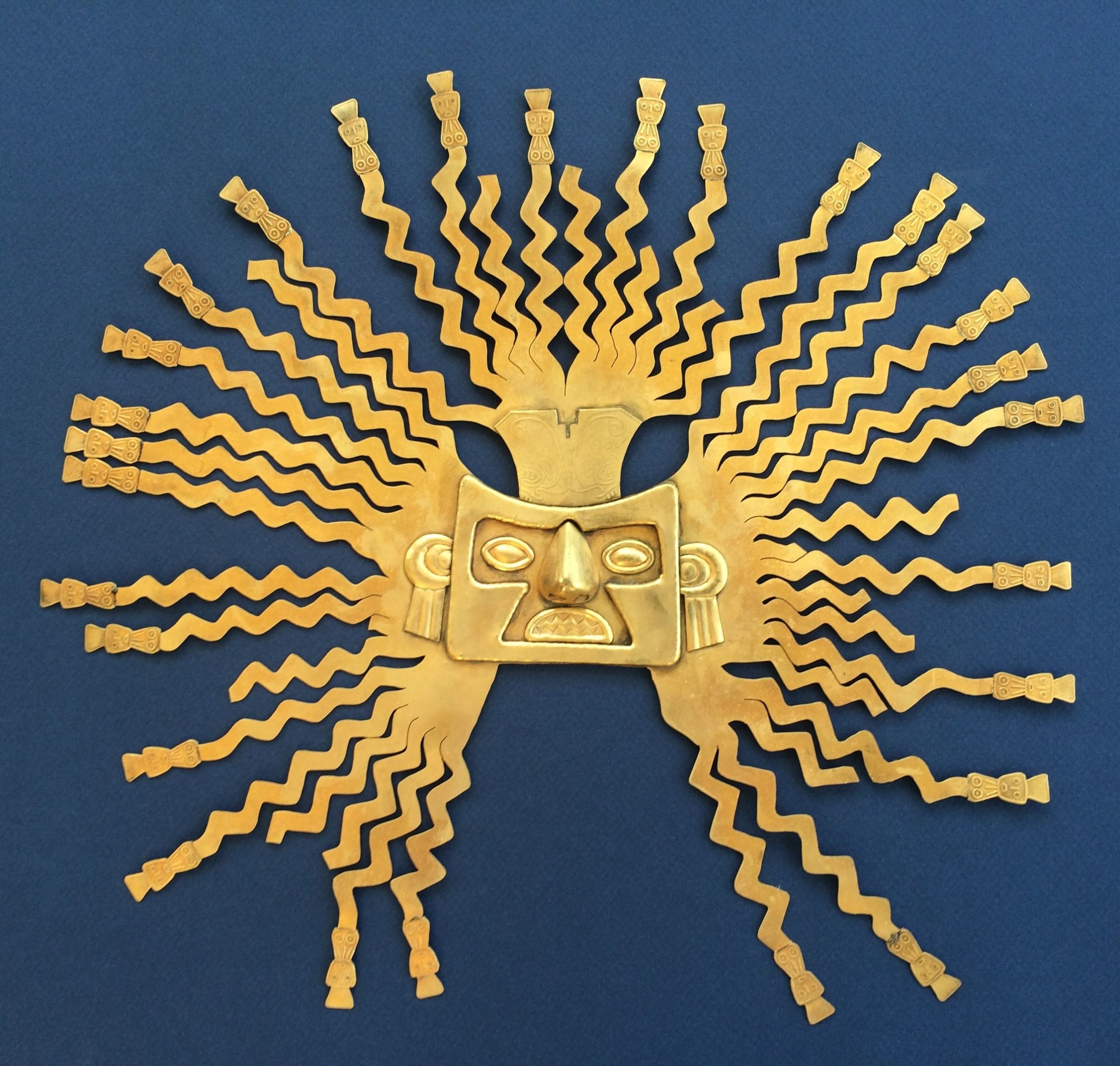I can’t believe we’re here. The last month of this year’s challenge. The last deep dive of The Daily Hart Year II. And this deep dive is very fitting, because in many ways, it brings this challenge full circle. The first topic, started last November, came to me while in a museum. And now, 11 months later, I’m ending with a topic that also came to me while in a museum. Earlier this year, I went to an exhibition on the treasures of Machu Piccu and Peru. This exhibition used the stories of Andean mythology to connect the various objects, and within minutes I knew I wanted to know more. So there you have it. The final deep dive of this challenge. Andean mythology.
Ironically, much like the first topic, I started my deep dive with the question of what exactly does the word Andean mean? A couple of Google searches later and I finally understood that Andean by itself means anything or anyone relating to the Andes mountains. However, Andean mythology specifically refers to the mythology of the Incas and the Incan Empire. Did I then head to YouTube to get a brief overview of the history of the Incan Empire? You bet I did.
Similar to most cultures, Andean mythology is closely connected to the religious beliefs of the Incas. However, what’s notably different is the lack of primary sources for what we know about Andean mythology today. The Incas had no formal writing system as we would define it today, meaning there are no written records of their mythology. At least, not ones written by Incas. Instead, Andean mythology was passed down orally from generation to generation. That in and of itself is not uncommon in the history of mythology in general. Humans were telling stories to each other long before we ever wrote them down. What’s interesting about Andean mythology, however, is that a written record does exist. The source is just highly suspect.
Very quick historical context. The Incan Empire was founded in the early 13th century, and it rose in scale and prominence until the early 16th century. However, the arrival of the Spanish in 1532 brought everything to a halt. By 1572, the last Incan state had been conquered. The result of this is that the majority of what we know about Andean mythology today comes from the written records of the Spanish invaders, and these collections were written anywhere from 20-50 years after the conquests. Meaning most of what we know about Andean mythology has to be viewed through the lens of colonialism. As I said. Not exactly the best source. And it’s certainly something I’m going to have to keep in mind as I make my way through this month.
That being said, I’m still very much looking forward to this deep dive. I know far too little about the history of South America in general as it is. Hopefully this month will begin to open up a small part of its history.
Happy Sunday all!
Suggestions for artists I should check out? Please contact me with your ideas. I hope you enjoyed your daily helping of art!



